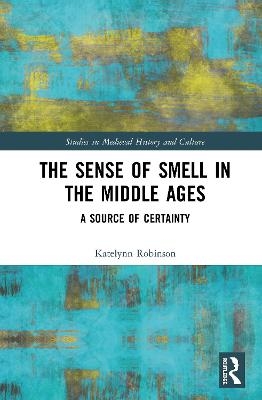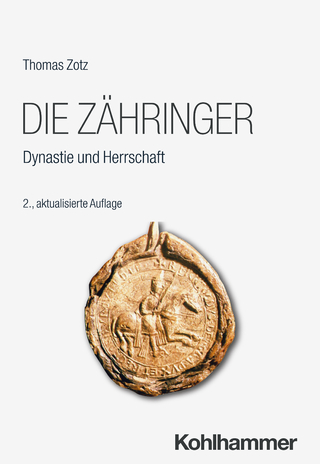
The Sense of Smell in the Middle Ages
Routledge (Verlag)
978-0-367-00068-4 (ISBN)
Odors, including those of incense, spices, cooking, and refuse, were both ubiquitous and meaningful in central and late medieval Western Europe. The significance of the sense of smell is evident in scholastic Latin texts, most of which are untranslated and unedited by modern scholars. Between the late eleventh and thirteenth century, medieval scholars developed a logical theory of the workings of the sense of smell based on Greek and Arabic learning. In the thirteenth through fifteenth century, medical authors detailed practical applications of smell theory and these were communicated to individuals and governing authorities by the medical profession in the interests of personal and public health. At the same time, religious authors read philosophical and medical texts and gave their information religious meaning. This reinterpretation of scholastic philosophy and medicine led to the development of what can be termed a medically aware theology of smell that was communicated to popular audiences alongside traditional olfactory theory in sermons. Its impact on popular thought is reflected in late medieval mystical texts. While the senses have received increasing scholarly attention in recent decades, this volume presents the first detailed research into the sense of smell in the later European Middle Ages.
Katelynn Robinson completed her PhD at the University of Missouri. Her current research focuses on the importance of the sense of smell in medieval culture.
Acknowledgments
Abbreviations
Introduction: Why Odor?
Part 1 - The Anatomy and Physiology of Olfaction
Chapter 1: "A smell is always a ‘half-breed’": Greek and Arabic Discussions of Smell
Chapter 2: Odor is a Fumous Evaporation: The Medieval Anatomy and Physiology of Smell
Part 2 - The Powers of Odors
Chapter 3: Aromaticity Strengthens the Spirits: Physical Powers of Odors in Scholastic Texts
Chapter 4: Beware Fetid Air: Scholastic Powers of Odor in the Popular Sphere
Part 3 - The Spiritual Sense of Smell
Chapter 5: The Smell of My Son: The Sense of Smell in Theology to c. 1200
Chapter 6: The Sense of Smell of Discretion: Medically-Aware Olfactory Theology in the Later Middle Ages
Conclusion: Certain Odors
Index
| Erscheinungsdatum | 02.09.2019 |
|---|---|
| Reihe/Serie | Studies in Medieval History and Culture |
| Verlagsort | London |
| Sprache | englisch |
| Maße | 156 x 234 mm |
| Gewicht | 476 g |
| Themenwelt | Geisteswissenschaften ► Archäologie |
| Geschichte ► Allgemeine Geschichte ► Mittelalter | |
| Studium ► Querschnittsbereiche ► Geschichte / Ethik der Medizin | |
| ISBN-10 | 0-367-00068-7 / 0367000687 |
| ISBN-13 | 978-0-367-00068-4 / 9780367000684 |
| Zustand | Neuware |
| Informationen gemäß Produktsicherheitsverordnung (GPSR) | |
| Haben Sie eine Frage zum Produkt? |
aus dem Bereich


